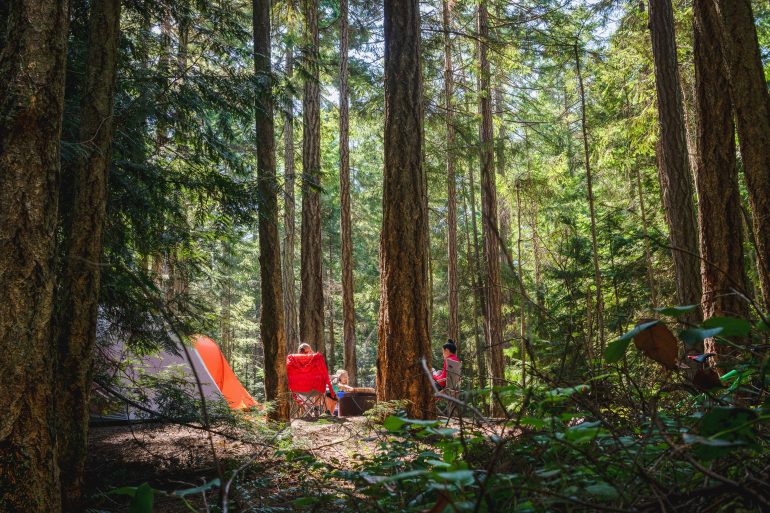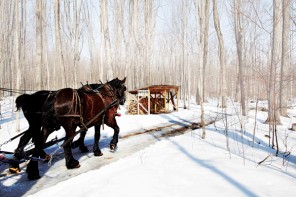Connecting with nature, unplugging, and roasting s’mores sounds blissful. But let’s be real, roughing it in the great outdoors can be intimidating. Whether you’re a seasoned camper or a newbie outdoors person, a little preparation can elevate your camping trip from basic survival to a relaxing retreat.
PICK THE PERFECT SPOT
The perfect campsite is key to a great trip, especially with kids and pets in tow. Look for amenities such as safe swimming areas and easy to access hiking trails, and consider proximity to bathrooms and a camp store for essentials.
Opt for shaded campsites, especially for pets. If backpacking, choose a flat location that is clear of rocks to set up your tent and consider proximity to water sources and trees for shelter from the wind.
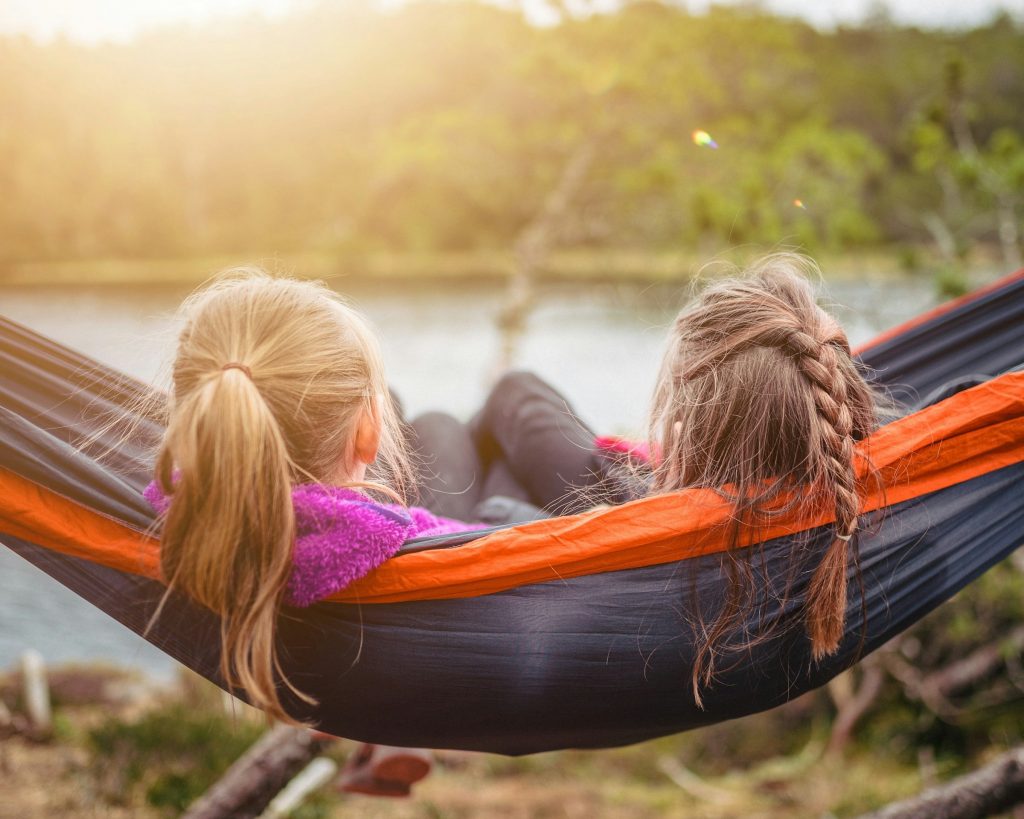
FIND THE RIGHT TENT
When buying a tent, “size, weight, and durability are the most important factors,” says Marina Orde, General Manager at Adventure Attic in Dundas. Lightweight tents are ideal for backpackers, while durability is a main concern for car campers and families.
Melo Ding, Owner of Ox-Gen Outdoors in Oakville, says tent size is rated by the number of people that can sleep in a tent, but warns these ratings can be tight. Allow extra space for gear.
MAKE YOUR BED
Pack a sleeping bag, a pillow, and an air mattress or sleeping pad for a cozy night’s rest. Sleeping bags trap your body heat inside to keep you warm while an air mattress or sleeping pad adds a layer of cushioning and insulation from the ground.
Sleeping pads roll up to fit inside your backpack, while air mattresses require an air pump for inflation but feel more like a regular bed. “You can also consider a camping cot if you don’t want to sleep on the ground directly,” suggests Ding.
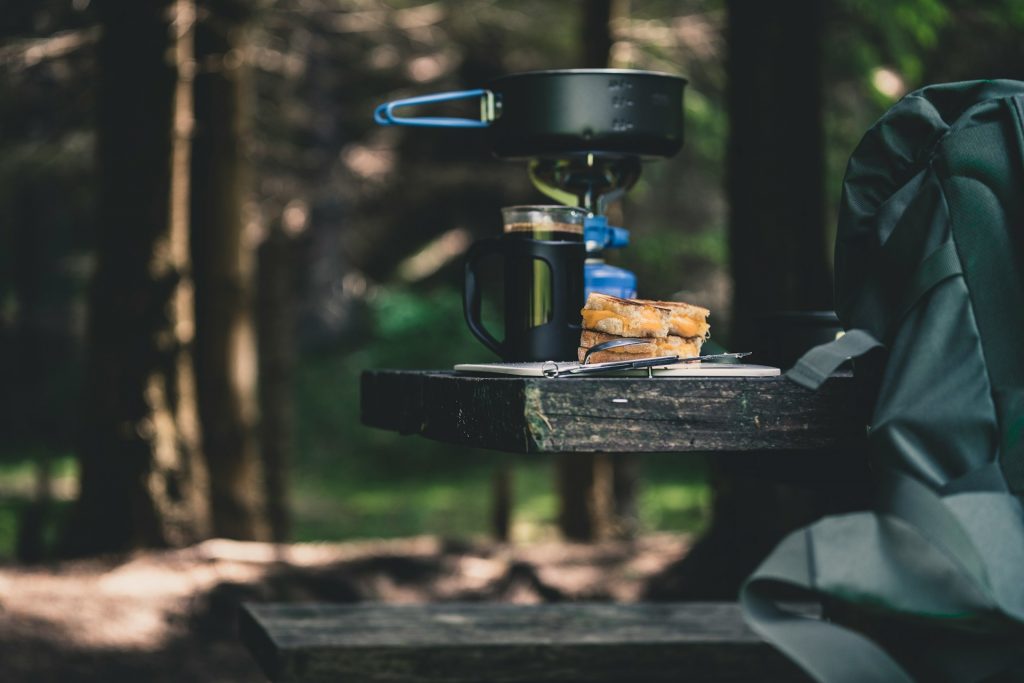
PACK KITCHEN ESSENTIALS
Roughing it somehow turns eggs and a humble cup of coffee into a zen ritual. For kitchen convenience don’t forget the portable gas stove, cookware, mugs, collapsible sink, and biodegradable camp soap. “Camp soap is usually very concentrated, so a little goes a long way,” says Orde.
PREP MEALS IN ADVANCE
Pre-made food, frozen in a leakproof container, is handy and also functions as ice in the cooler. Orde’s go-to camping meal is chili. “Chili can be prepared as a vegetarian or vegan option, and can offer great nutritional content: protein, vegetables, carbs and fibre,” she says, adding that chili can double as pasta sauce.
KEEP FOOD COLD AND SAFE
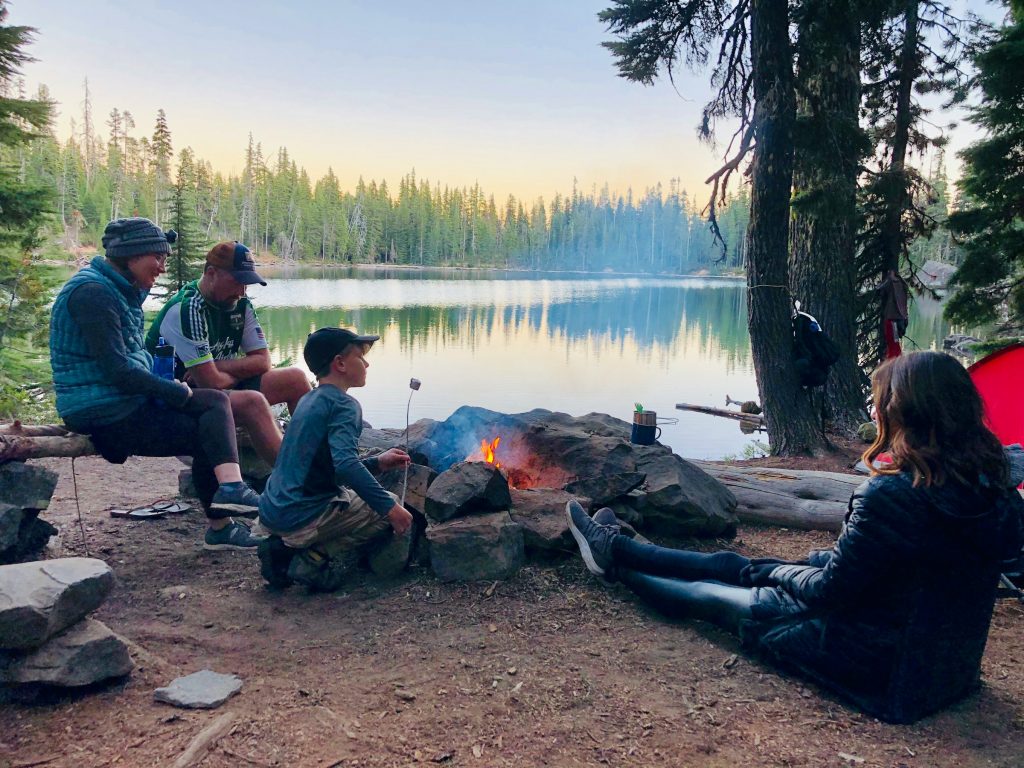
To keep food fresh, Order recommends YETI Tundra coolers. “These will keep ice frozen for days, and keep your food properly chilled for days, too,” says Orde. For optimal coolness, pre-chill your cooler and then place an ice block at the bottom, packing food in layers.
“Place items that need to stay coldest, such as raw meat and dairy, closest to the ice,” says Ding. Fill in empty spaces with ice. “A tightly packed cooler retains cold air more effectively and slows down the melting of ice,” says Ding.
Keep your cooler in a shaded area, replenishing ice as needed. Pack beverages in a separate cooler to avoid letting the heat in every time you grab a drink. Freeze dried foods and nonperishables are best for backcountry camping since keeping food cold isn’t an option.
STAY ORGANIZED
Labeled plastic storage bins help keep everything neat and protected. Ding recommends hanging gear on hooks to keep it off the ground and easy to find. Backcountry campers have the added challenge of packing only essentials to keep their load manageable.
Keep frequently used items accessible in exterior pockets to avoid digging through your pack, and use waterproof bags for clothing, electronics, and other items that need to stay dry.
Implementing these tips will help to make your outdoor getaway comfy and fun!
By Lisa Evans


